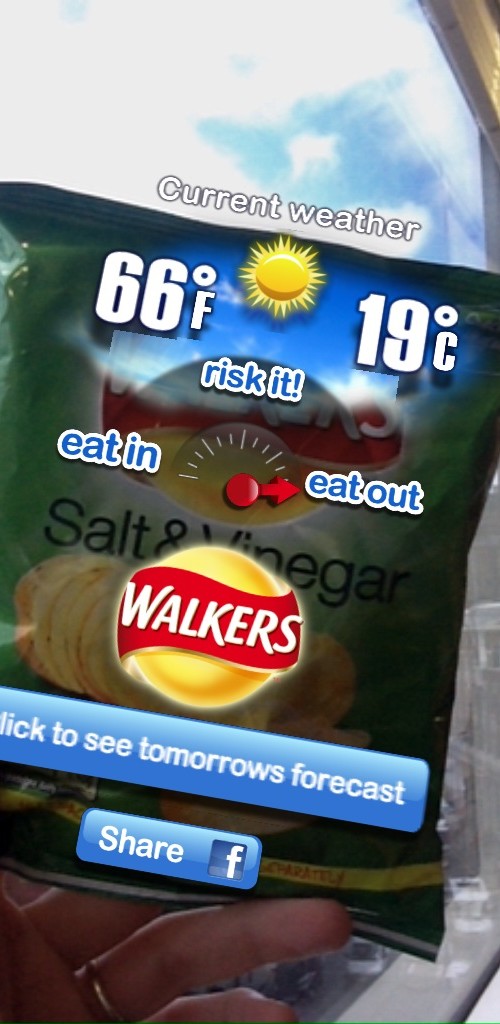Mobile is an unavoidable part of the marketing mix for brands looking to engage more successfully with their consumers. The fact that there are more mobile phones in the UK than people, and more than 50% of the UK population owns a smartphone should have marketers jumping up and down with excitement at the opportunity mobile presents them.
The mobile is so much more than just a gadget. It has become a critical lifestyle tool for everything from communicating with friends, working away from the office, watching movies to researching products on the high street and much more. Mobiles have become the physical bridge into our digital life and as such they are set to drastically change the marketing landscape, enabling brands to offer new and exciting methods of consumer interaction across a range of media.
Although there are still many cynics in the marketing community, mobile marketing is on the rise. Early adopters of mobile marketing experimented with quick-response (QR) codes, which when scanned allowed consumers to access further content online, much like a barcode URL. While this played a significant role in educating brands and consumers on using mobile to discover new information beyond static media, QR codes were only the tip of the iceberg. Mobiles are capable of so much more than linking to the web. They have the ability to unlock the real-world and bring brands to life in your hand and image recognition technology is the driving force behind this.
Image-recognition unlocks the real world and provide consumers with access to a wide range of exciting content such as augmented reality content layers, video, sound or images. Through a free-to-download app, like Blippar, it allows advertisers and brands to grab consumers’ attention through two of the most popular digital devices – smartphones and tablets.
In the recent past, ‘AR’ (as appears to be the industry catch-all term for anything involving the camera’s view) was the domain of large brands with huge marketing budgets who could afford to experiment with visual technology within bespoke apps. However, improvements in network speed and camera and processor hardware plus the emergence of lower-cost single platform business models like blippar, have collided to get the tech into the pockets of most consumers and to throw open the opportunity for all to experiment. Image-recognition AR can now be harnessed easily as part of a highly effective marketing strategy and give brands the power to revolutionise traditional format marketing as we know it.
Juniper Research recently forecasted a $1.5bn revenue stream for mobile AR by 2015 whilst Mind Commerce Publishing has forecasted that AR revenues will exceed $3 billion by 2015. Whatever the outcome, with companies such as Google getting involved in AR with ‘Project Glass’ it shows that AR is becoming more and more commonplace in all marketing endeavours.
If done well image-recognition AR can bring traditional press, media, packaging and outdoor messaging to life. Working across all of these sectors we have found incredible results in terms of ROI for our clients. When considering these technologies in mobile marketing there two crucial points to bear in mind.
- As with any piece of marketing, content is king. A cliché perhaps, but never the less you can build the most impressive, ground-breaking campaign technically, but if the content is lacking so too will be your audience’s response.
- The consumer needs some education. You could spend thousands on creating the most amazing AR campaign, but if you don’t include a call to action that guides the consumer through the experience and tells them why they should ‘blipp’ your endeavours and financial investment will bring you zero return.
One great example of the successful use of our platform was the Olympic edition of Stylist Magazine, the first ever fully interactive issue, which included 21 pages that could be brought to life using Blippar. In one week, more than 25,000 unique users ‘blipped’ the magazine’s pages, with a total of more than 150,000 blipps generated. It was only through a powerful analytics function that Stylist was able to see the effect and success of the campaign within days.
Being able to measure success and ROI on new technologies is of course essential – as with all marketing endeavours. This technology is beautifully accountable. Through online reporting tools brands are able to access a wealth of data on usage statistics and outreach, allowing them to learn and reflect on the results and decide how best to go forward with their campaigns. Having access to this level of information allows the brand to provide interactive and dynamic content to remain relevant and up to date and giving them the competitive edge required.
Looking forward there is a bright future for mobile marketing. The mobile is the constant companion to our lives and mobile marketing has developed to a point where the consumer is no longer passive, but proactively interacting and engaging with brands in real-time. The pace of change in this space is astounding; technologies such as NFC (touch), GPS (location) and audio recognition are emerging as perfect partners to image-recognition, which converge to take marketing and customer engagement to whole new ‘sensory’ level.
We are on the cusp of a marketing revolution. The possibilities that continue to arise out of the current technological revolution, especially in mobile will change everything for marketers and it will be the early adopters and innovators who will reap the reward for having the foresight to get on board early.






